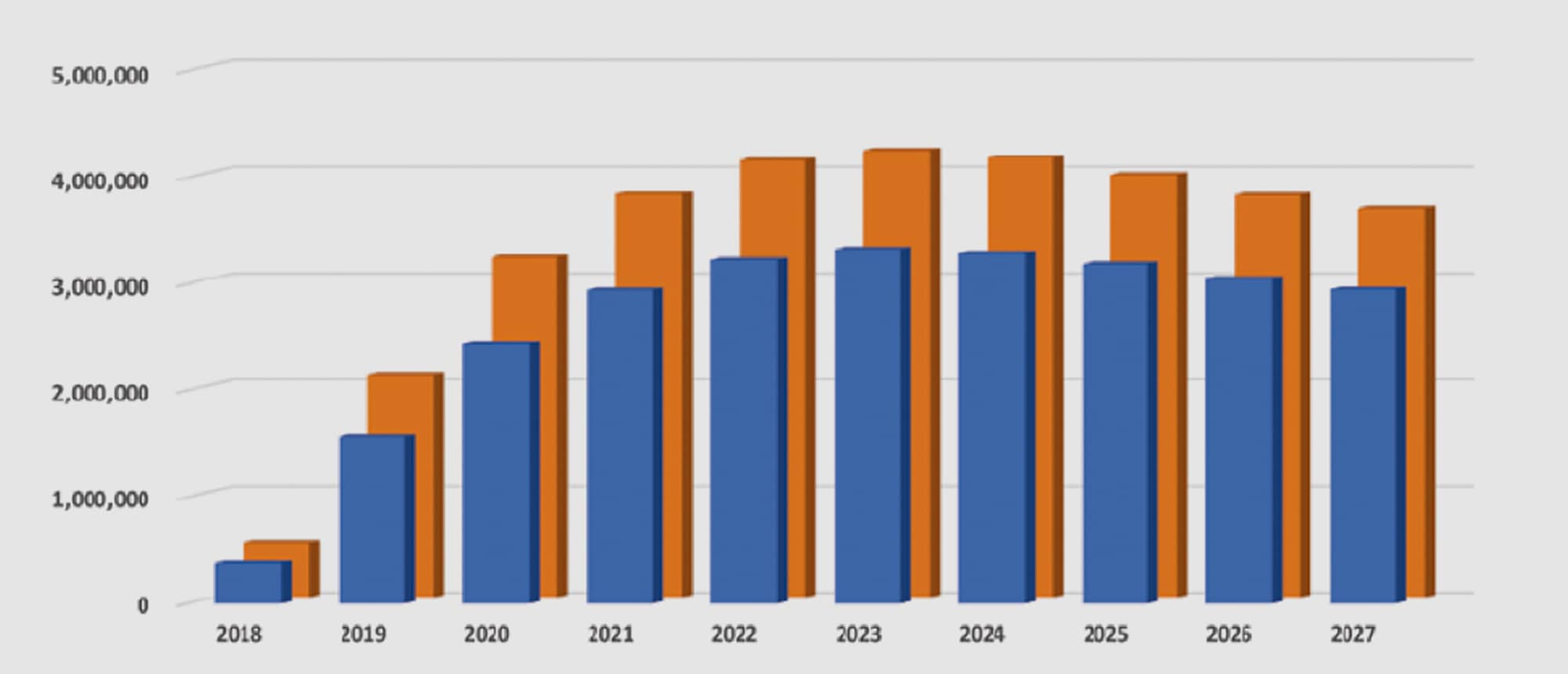A Path To Full Employment
By: L. Randall Wray, Flavia Dantas, Scott Fullwiler, Pavlina R. Tcherneva, Stephanie A. Kelton
Despite reports of a healthy US labor market, millions of Americans remain unemployed and underemployed, or have simply given up looking for work. It is a problem that plagues our economy in good times and in bad—there are never enough jobs available for all who want to work. L. Randall Wray, Flavia Dantas, Scott Fullwiler, Pavlina R. Tcherneva, and Stephanie A. Kelton examine the impact of a new “job guarantee” proposal that would seek to eliminate involuntary unemployment by directly creating jobs in the communities where they are needed.
The authors propose the creation of a Public Service Employment (PSE) program that would offer a job at a living wage to all who are ready and willing to work. Federally funded but with a decentralized administration, the PSE program would pay $15 per hour and offer a basic package of benefits. This report simulates the economic impact over a ten-year period of implementing the PSE program beginning in 2018Q1.
Unemployment, hidden and official, with all of its attendant social harms, is a policy choice. The results in this report lend more weight to the argument that it is a policy choice we need no longer tolerate. True full employment is both achievable and sustainable.
EXECUTIVE SUMMARY
Despite headline-grabbing reports of a healthy US labor market, millions of Americans remain unemployed and underemployed. It is a problem that plagues our economy in good times and in bad—there are never enough jobs available for all who want to work. The problem is most acute for women, youths, blacks, and Latinos, although research also finds a persistent lack of employment for large numbers of working-age men.
This report asks a set of big questions:
- What if we sought to eliminate involuntary unemployment across all demographic groups and geographic regions, by directly creating jobs in the communities where they are needed through a federally funded Public Service Employment program?
- How could such a radical transformation of the labor market be implemented?
- What would it cost, and what would it mean for the US economy?
A number of important implications emerge from this analysis. Joblessness, defined as the inability to secure a job at a living wage ($15 per hour), can be eliminated in every corner of America for every eligible person who desires to work. With a standing job offer—a “public option”—available at all times, the US labor market would transition to a permanent state of true full employment. Millions of American families would be lifted out of poverty, and the economy would grow as the benefits of the program spill over into the private sector.
Perhaps most astonishingly, this can all be done without the need to raise taxes and without creating an inflation problem.
We propose the creation of a Public Service Employment (PSE) program that would offer a job at a living wage to all who are ready and willing to work.
This is a “job guarantee” program that provides employment to all who need work by drawing from the pool of the otherwise unemployed during recessions and shrinking as private sector employment recovers. Federally funded but with a decentralized administration, the PSE program would pay $15 per hour for both full- and part-time positions and offer benefits that include health insurance and childcare. In addition to guaranteeing access to work on projects that serve a public purpose, the PSE program establishes effective minimum standards for wages and benefits. We have simulated the economic impact over a tenyear period of implementing the PSE program beginning in 2018Q1. Drawing from the unemployed, underemployed, and those who are out of the labor force, the program would attract roughly 15 million people into the PSE workforce, based on our higherbound estimates of likely program participants.
While the report also presents lower-bound estimates, the results highlighted here correspond to this higherbound scenario:
- Real, inflation-adjusted GDP (2017Q4 dollar values) would be boosted by $560 billion per year on average, once the PSE program is at full strength (from 2020 to 2027).
- The economic stimulus generated by the PSE program would also increase private sector employment by up to an additional 4.2 million private sector jobs relative to the baseline, due to the “multiplier effects” of the program.
- Even though it boosts GDP by over $500 billion per year, adds more than 19 million private and public service jobs, and raises wages nationwide above $15 per hour, the program’s impact on inflation is minor: the boost to inflation peaks at 0.74 percentage points higher than the baseline projection and then progressively falls to a negligible 0.09 percentage points higher than the baseline by the end of the simulation period.
- The program’s net impact on the federal budget averages 1.53 percent of GDP in the first five years of the program (2018–22) and 1.13 percent of GDP in the last five years (2023–27). These net budgetary impacts could be significantly overestimated, since the simulation makes very cautious assumptions about offsetting reductions in Medicaid and Earned Income Tax Credit (EITC) expenditures that would result from higher employment and wages. Executive Summary 2 Public Service Employment
- State-level government budgets are improved by a total of $53 billion per year by boosting employment and growth.
- Based on the demographics of estimated PSE participants, the program would disproportionately benefit women and minorities.
- One full-time worker in the PSE program could lift a family of up to five out of poverty. With one full-time and one part-time worker, a family of eight could rise above the poverty line.
- In addition to these measured benefits, the PSE program would lower spending by all levels of government, as well as by businesses and households, on a range of costly problems created by unemployment. It is possible that the program would “pay for itself” in terms of savings due to reduced crime, improved health, greater social and economic stability, and larger reductions in Medicaid and EITC expenditures than those assumed in the simulations.
- The projects undertaken in every community would provide visible benefits, meeting specific local needs through work that involves caring for people, strengthening communities, and protecting and renewing the environment. This report develops a blueprint for the design, jobs, and implementation of the PSE proposal for the United States. Unemployment, hidden and official, with all of its attendant social harms, is a policy choice. The results in this report lend more weight to the argument that it is a policy choice we need no longer tolerate. True full employment is both achievable and sustainable.
Download The Full Report Here: A Path To Full Employment
Associated Program: Employment Policy and Labor Markets
Related Topic(s): Economic Policy, Employer of Last Resort (ELR) Policy, Employment Guarantee, Job Guarantee

